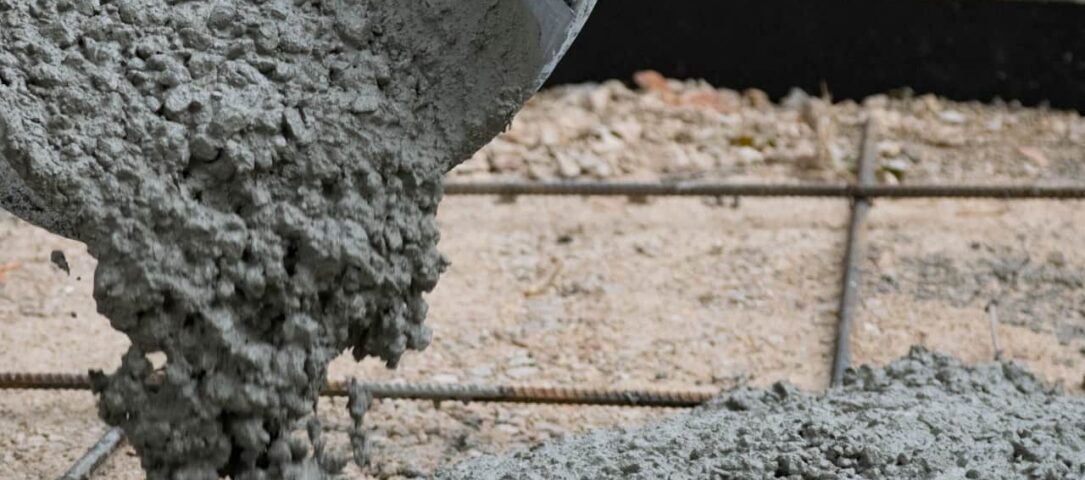
The cement industry is under immense pressure to decarbonise, but traditional approaches like carbon capture and sustainable e-fuels come with staggering costs. Are these really the best—or only—solutions? With high electricity demands, complex infrastructure, and limited benefits beyond emissions reduction, it’s time to rethink our approach.
Instead of focusing solely on carbon sequestration, what if we looked at decarbonisation from the end user’s perspective? Builders, infrastructure planners, and concrete manufacturers all measure success differently—by square meters of floorspace or kilometers of highway, not just carbon per ton of cement. By shifting KPIs to align with real-world applications, the industry can develop smarter, more effective strategies.
The Power of the Silver Buckshot Approach
Rather than searching for a single «silver bullet» solution, a diversified «silver buckshot» strategy leverages multiple smaller-scale changes that, when combined, achieve significant carbon reductions. Many of these solutions are already financially viable, even without carbon credits or government incentives.
Some key measures include:
- Energy efficiency improvements that lower emissions and operational costs.
- Replacing fossil fuels with lower-carbon alternatives, often financed through waste disposal fees.
- Lower-clinker cement formulations that require less energy-intensive production.
- Electrification of processes, which is becoming increasingly cost-effective.
These are «no regrets» investments—strategies that benefit companies regardless of shifting political landscapes or carbon pricing changes.
How Smarter Design Can Cut Carbon
Beyond material changes, smarter design practices can drastically reduce emissions. A collaboration between The Daniels Corporation and Lafarge Canada (East) achieved a 25% reduction in concrete carbon emissions simply by optimising project scheduling and mix design.
The approach involved using 35 different mix designs tailored to specific project needs. By identifying areas where slower-setting, lower-carbon concrete could be used without delaying the project, they reduced emissions without compromising deadlines or construction quality.
The Cement Association of Canada’s ‘Concrete Zero Roadmap' estimates that similar optimisations could cut the carbon footprint of new buildings and infrastructure by two-thirds—at a fraction of the cost of CCS.
What About More Costly Measures?
If carbon capture costs over $ 100 per ton of CO2, it opens the door for alternative solutions that are still expensive but significantly cheaper than CCS. Many of these strategies remain underexplored but could offer greater financial and environmental benefits.
Notably, many alternative solutions generate sellable byproducts, unlike CCS and e-fuels, which serve only as cost centers. This additional revenue stream can offset decarbonisation costs while enhancing sustainability.
Innovating with Alternative Raw Materials
Traditional clinker production releases massive amounts of CO2 due to limestone calcination. However, alternative raw materials can significantly cut these emissions.
Promising options include:
- Non-calcining minerals like wollastonite, serpentine, and olivine, which require no CO2-producing reactions.
- Industrial byproducts and mining waste, which can replace virgin minerals at lower costs.
- Recycled concrete rubble, already being used as a raw material for new cement production.
Companies like Solidia Technologies are developing cement formulations that cure with CO2 rather than emitting it, turning emissions into a functional component of the concrete itself.
The Future of Net-Zero Concrete
A sustainable concrete industry doesn’t have to rely on costly carbon sequestration. By embracing a mix of energy efficiency, alternative materials, and smart design, companies can significantly cut emissions without breaking the bank.
This isn’t just a vision for the future—it's a strategy being implemented today. And as demand for low-carbon solutions grows, those who embrace diversified decarbonisation will outcompete those stuck in expensive CCS-based models.

